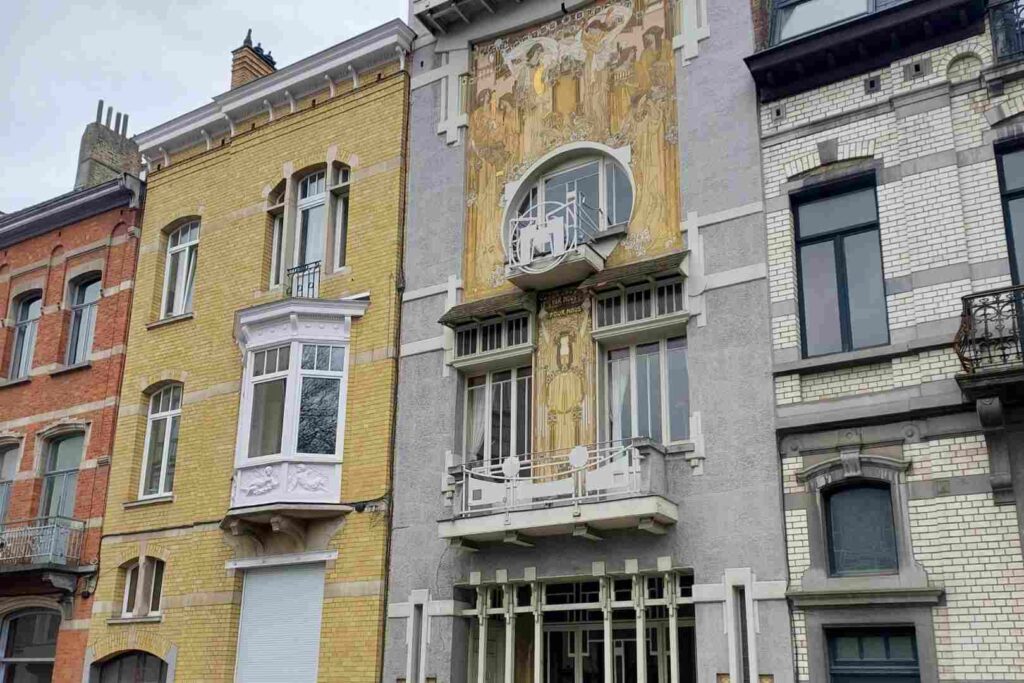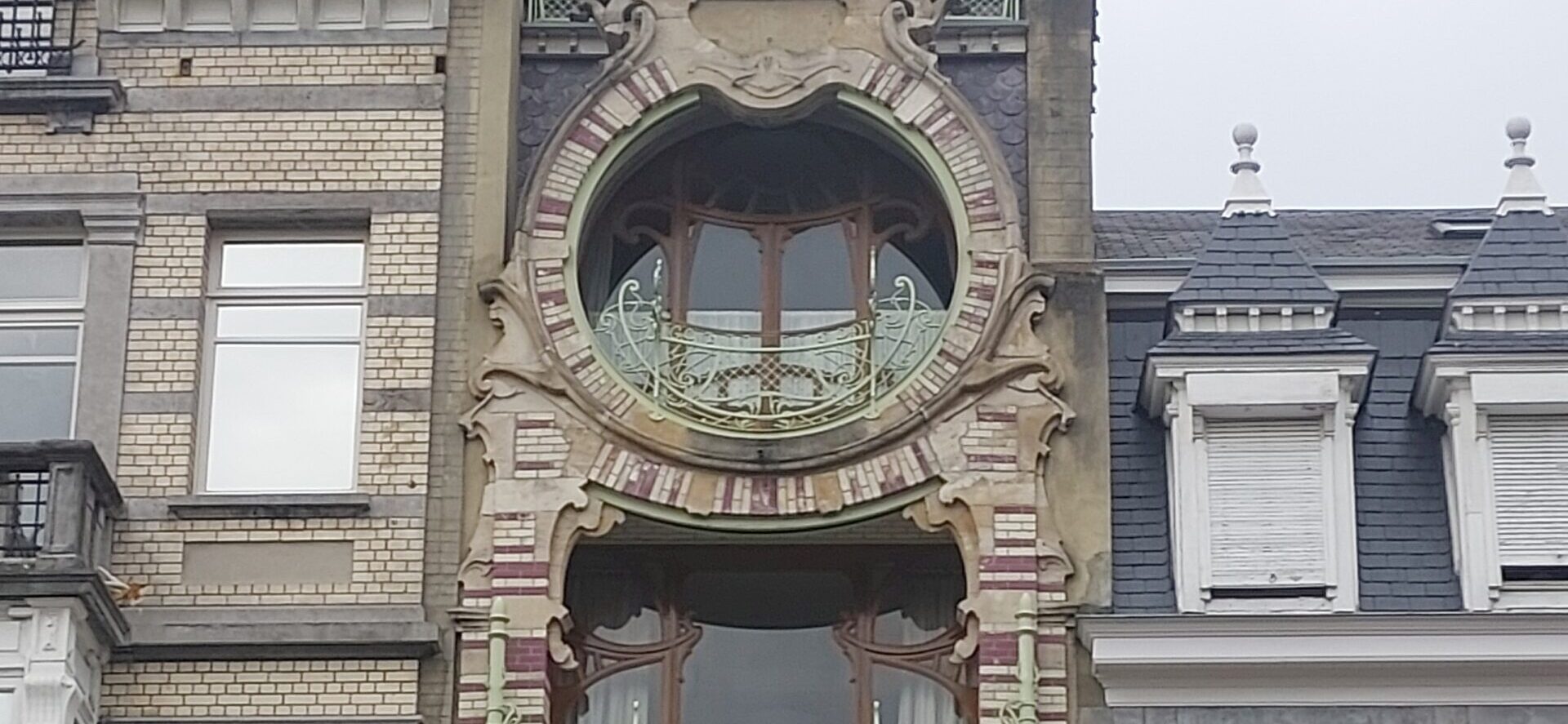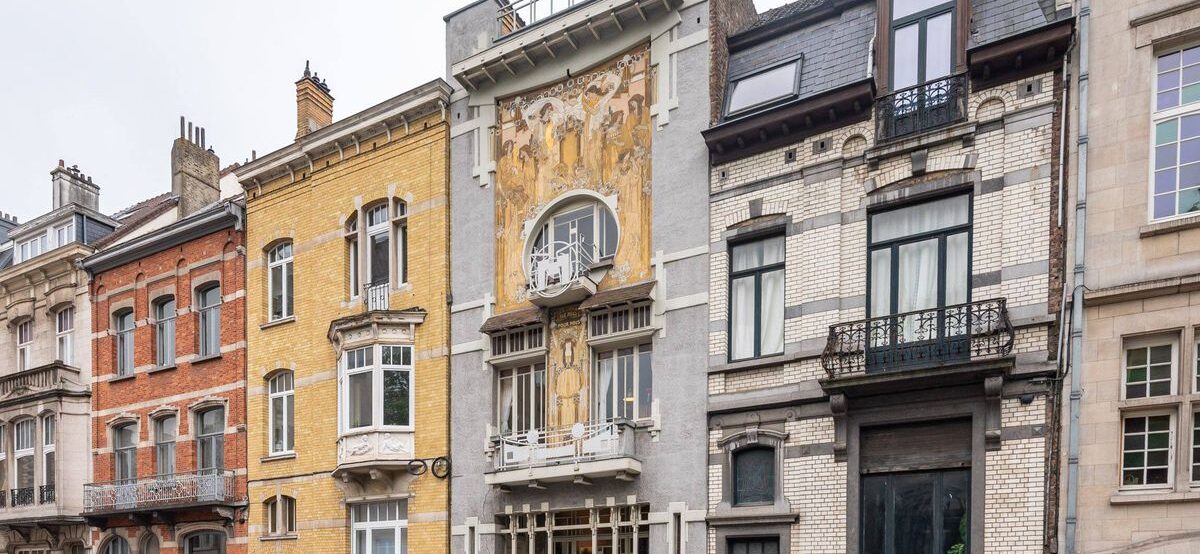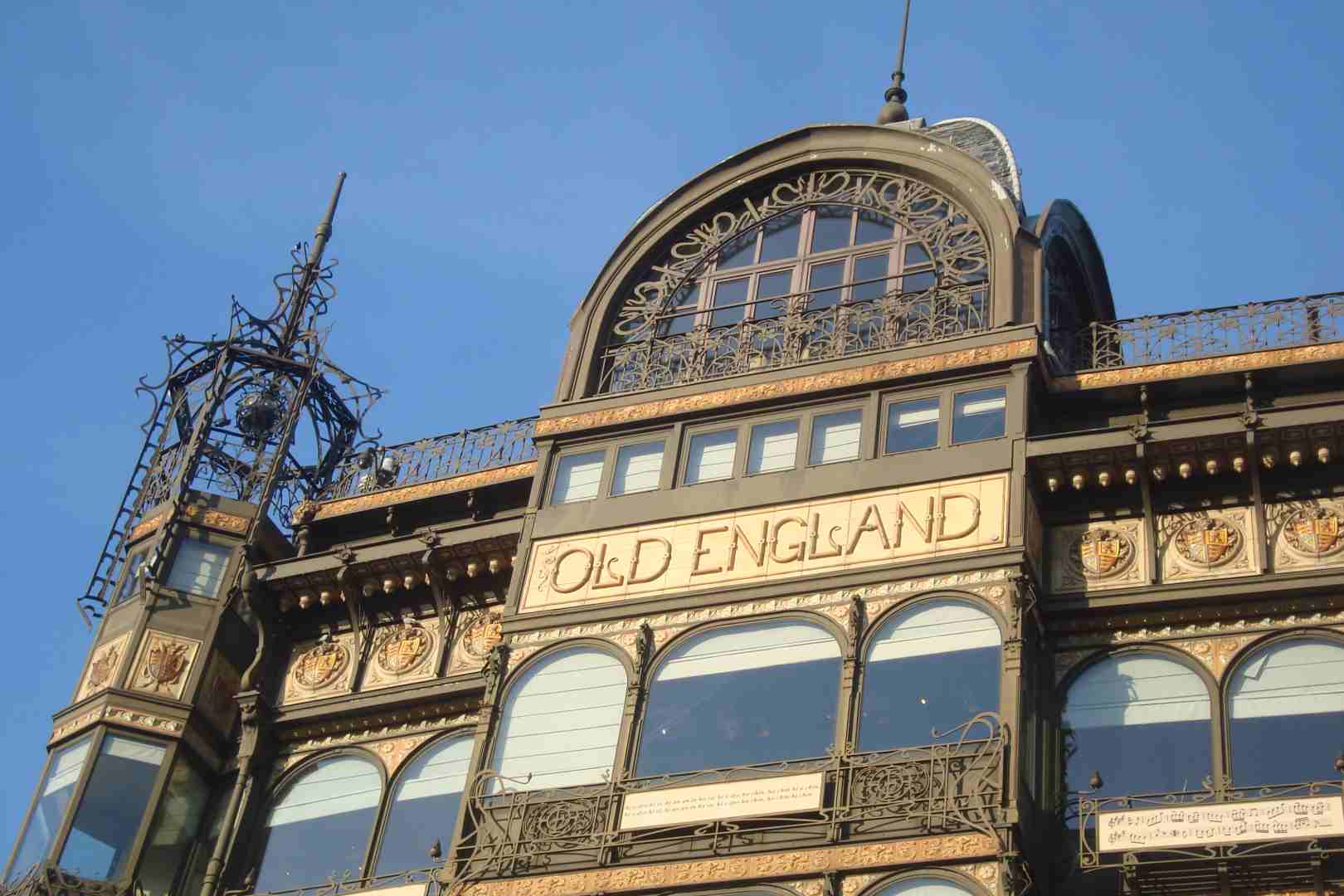In 1893, the visionary architect Victor Horta crafted the iconic Hôtel Tassel, an architectural gem tucked away on a quiet street off Avenue Louise in Brussels. This marked the inception of a new movement, Art Nouveau, renowned for its intricate facades, organic motifs, flowing lines, and lavish interiors adorned with glass and iron. Today, after 130 years, Brussels aims to rekindle its Art Nouveau spirit by designating 2023 as the Year of Art Nouveau. However, this revival has also brought to the surface reflections on Belgium’s colonial history, adding a complex layer to the narrative
Despite the passage of time and the loss of many structures, Brussels remains the custodian of approximately 1,000 Art Nouveau buildings, with around 200 enjoying protected status as historical landmarks. Armed with these figures, city authorities are resolute in their mission to establish Brussels as the unrivaled global capital of Art Nouveau, discreetly challenging the likes of Barcelona and its revered architect Antonio Gaudí, a prominent figure in the Art Nouveau movement.
Pascal Smet, the driving force behind the initiative, serves as the Secretary of State for Urbanism and Heritage of the Brussels-Capital Region, representing the city’s 19 municipalities. He passionately advocates for the city’s abundant collection of Art Nouveau treasures, asserting that Brussels has been too modest in acknowledging its significance. “We have an incredible wealth of Art Nouveau buildings in our city. The Year of Art Nouveau is our way of showcasing Brussels as the rightful global capital of this artistic movement. 2023 marks the beginning of a remarkable long-term journey,” Smet affirms.
The city administration has taken a broad approach to create an extensive program for the Year of Art Nouveau. “We establish the framework, allowing each organization the autonomy to develop their own content and activities,” explains Alice Grass, the coordinator for the Year of Art Nouveau at the urban policy department of the Brussels-Capital Region.
Esteemed cultural events have also joined the initiative. For instance, during the Banad festival in March, several ordinarily inaccessible buildings, including Villa Pelseneer in Uccle, Hôtel Pieper in Ixelles, and the former studio of sculptor Fernand Dubois in Forest, now housing the embassy of Cuba, opened their doors to the public.
In addition to celebrating well-preserved architectural heritage, the organizers aim to revive the memory of buildings that no longer exist. The Maison du Peuple, a remarkable creation by Horta in the Sablon area that was demolished in 1965, was digitally resurrected using 3D technology during the Bright Brussels festival of lights in February, invoking a sense of nostalgia and appreciation.
The rise of Art Nouveau in Belgium is inextricable from the concurrent exploitation of Congo, its people and its rich natural resources. “Exotic” wood, ivory and other materials, extracted by Congolese people under the brutal whip of colonial forces, are part of what defined the Art Nouveau style as it rose to prominence in Belgium. Indeed, in Belgium, another name for Art Nouveau was “Style Congo”.
At the same time, many of Brussels’ Art Nouveau architectural masterpieces were commissioned by those whose careers and fortunes were built on the profits of exploiting Congo.
Currenlty there is a movement and efforts to decolonize Belgium’s public spaces. The Civa hosts the exhibition “Style Congo – Heritage & Heresy,” showcasing the propagandist portrayal of Congo during international expositions. Collaborating with the decolonization task force, the exhibition sheds light on Art Nouveau’s connection to Belgium’s colonial past. Photographer Chrystel Mukeba captures portraits of Belgians with Congolese roots in iconic Art Nouveau buildings, facing challenges in securing permissions. The initiative aims to reappropriate heritage and encourage broader participation in the conversation.
How The Congo and The Brussels International Exposition helped Art Nouveau – Exclusive private tour
This is the tile of a half day private tour of 3 hour that we have been doing with success for small groups in the last three years where you will explore great hidden Art Nouveau buildings in the Eastern and Northern neighborhoods of Brussels accompanied by a knowledgeable guide who will point out the colorful details and imaginative ornamentation on the buildings and tell their history. We have CLICK HERE to know more.
At the end o the 19th Century Congo was a Belgian Colony, and the main source of revenues for its King Leopold II. Imperial Belgian regime introduced Art Nouveau in Congo, but it was in Belgium’s capital Brussels where this art style had its major expression. The Congo natural resources represented a great source of currency for many Belgian burgeoise which built amazing mansions and flats to show their success to the rest of the society. The Brussels International Exposition held in Brussels in 1897 also helped Art Nouveau to develop in the Belgium capital. There were 27 participating countries, and an estimated attendance of 7.8 million people. The main venue of the fair was the Cinquantenaire Park and showcased Art Nouveau architecture and other arts works, as well as King Leopold II of Belgium’s personal property, the Congo Free State. Victor Horta built a small temple and succeeded in designing an almost “organic” interpretation of the classical temple, without completely abolishing any reference to an historical style.
Discover what’s new and noteworthy in Brussels, including private tours and city events, right here on our Brussels page.



To find out about our Brussels private tour focusing on the relationship between art nouveau and Congo, CLICK HERE.






